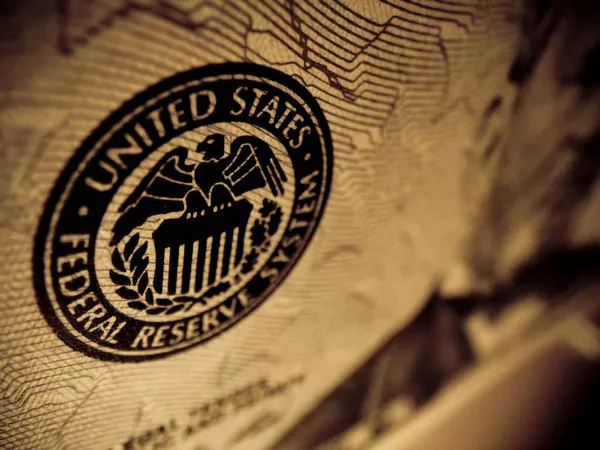The Federal Reserve has the dual mission of achieving price stability and full employment. Generally speaking, this task is easier said than done. The difficulty, of course, is that given limited policy options, the Fed can only choose one. In other words, the Fed has only three options: tighten monetary policy, loosen monetary policy, or pursue a neutral stance of neither contraction nor expansion. Given this reality, it is impossible for the Fed to deal with both issues at the same time. Whichever of the more serious problems is solved is a blessing. All we can do is hope that other problems don’t get worse until the primary problem is solved.
Tightening policy requires limiting the pace of monetary expansion and raising interest rates normally, which is appropriate when dealing with rising inflation becomes a top priority; loosening monetary policy involves opening the money tap and lowering interest rates, which is appropriate when we hope to stimulate economic growth and reduce unemployment. suitable. When neither concern seems particularly pressing, the Fed will adopt a neutral policy that will not deviate in either direction but simply meet the liquidity needs of market participants.
In recent years, it’s clear that inflation has caught the Fed’s attention, leading it to pursue a tightening path and target a 2% inflation rate. The Fed signaled this direction by announcing that its primary tool for policy is the federal funds rate target. The upper limit of the federal funds rate target announced before the epidemic was 0.25%. The indicator is now at 5.50%.
Considering that inflation peaked at 9.1% last June and is now at just over 3%, the Fed’s concerns about a resurgence in inflation have been greatly reduced. At the same time, we are still in a good environment of low unemployment and healthy job growth. At this point, the Fed remains wary of a pickup in inflation, but has chosen to keep the federal funds target at current levels, reflecting a more neutral stance.
That said, at a recent press conference, Fed Chairman Powell warned that further interest rate increases would be taken if inflation starts to rise. Fed Chairman Powell did not rule out this possibility, but he did not want it to happen. The latest summary of economic forecasts reinforces this view. The forecasts, which extend through 2026, reflect the expectations of Fed members responsible for setting monetary policy, setting out forecasts for gross domestic product growth, unemployment, inflation and the federal funds rate target.
The Fed’s expectation is that the Fed will be able to declare victory in keeping inflation under its 2% target over the next two years. In addition, the Federal Reserve also predicts that the economy will achieve an ideal soft landing, that is, the unemployment rate will not exceed 4.1% in the next two years, which is a result suitable for neutral monetary policy.


